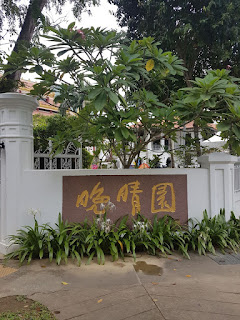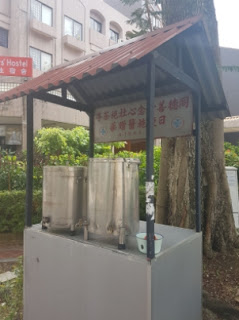Novena Church

Novena Church Source: The Straits Times This view greeted us when we reached. It was a Saturday morning and the place was flooded with people who came to visit the church which was recently developed. Amongst the visitors were also people who were on their usual Saturday routine to attend the church Saturday services, now in a newly designed building which could house twice the number of worshippers (800 to 1500 seatings) After doing our background research on the redevelopment of the church, we found out that the growth of worshippers was the main reason why the Church of St. Alphonsus embarked on this massive project amounting up to $55m as indicated here: (http://www.novenachurch.com/redevelopment.html) Personally (Esther), I have not been to the old Novena Church before the renovation. I got a shock when I googled images of the old building. The new building was on an elevated ground and the land area occupied was at least twice the original land mass! The...












